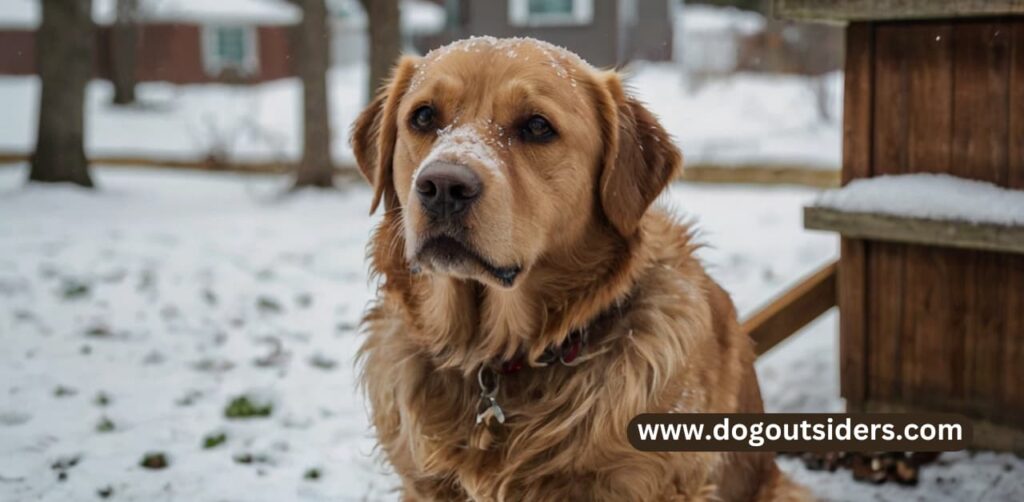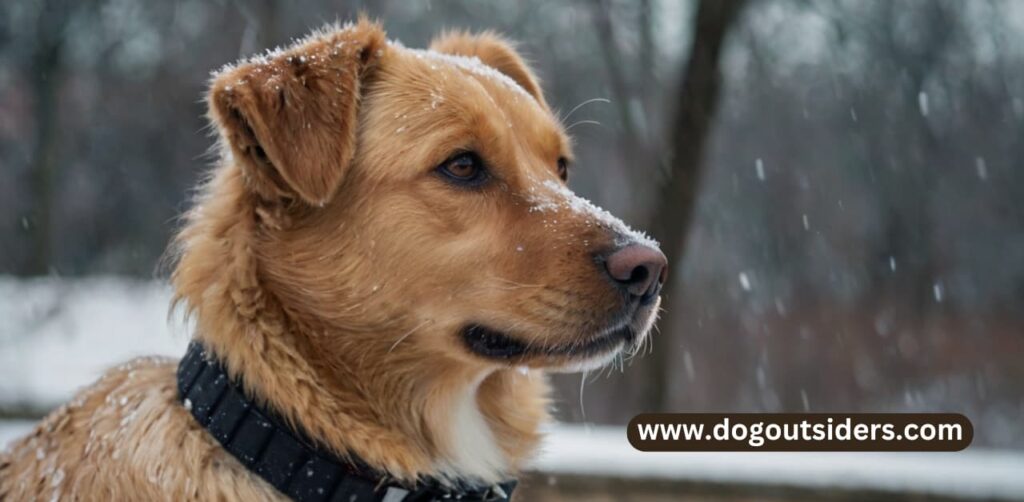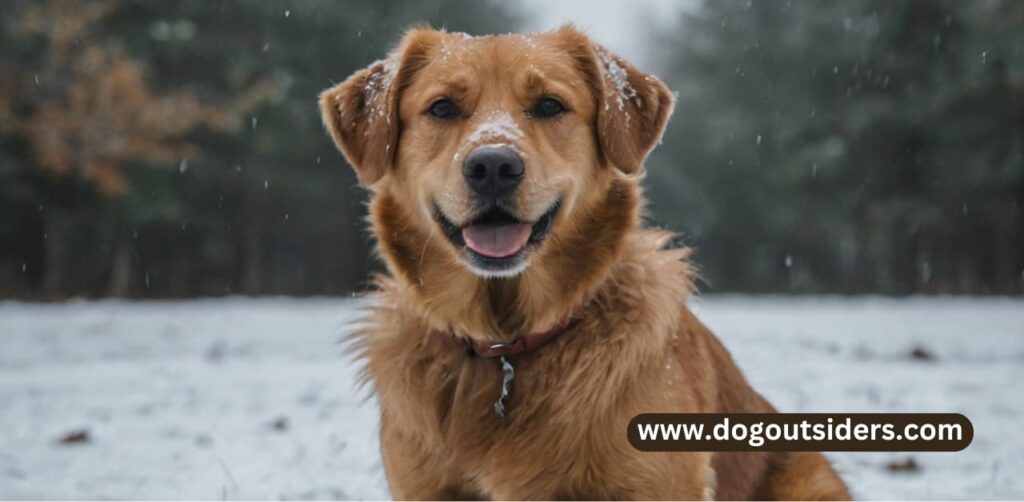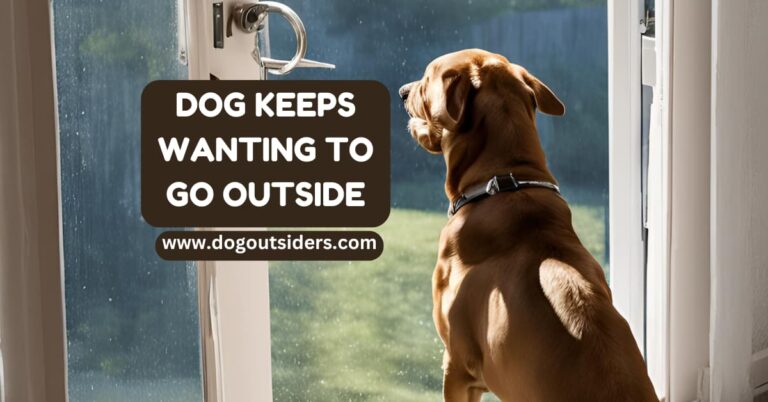My neighbor leaves their dog outside in the cold can be distressing. The welfare of animals is crucial, and it’s concerning to witness a pet exposed to harsh weather conditions without proper shelter or care, risking being cold outside. Not only does this situation raise ethical questions about responsible pet ownership, but it also highlights the importance of animal protection laws and community intervention. Addressing such issues requires empathy, awareness, and potentially taking steps to ensure the safety and well-being of the neglected animal. As a concerned individual, understanding how to approach this delicate situation is essential for advocating for the rights of vulnerable animals in our neighborhoods.
Key Takeaways
- Spotting Pets in Cold: Pay attention to pets left outside in chilly weather; they might need help.
- Understanding the Situation: Consider reasons behind your neighbor’s actions before taking steps.
- Organizing Thoughts: Plan your approach and gather information before addressing the issue.
- Talking to Your Neighbor: Initiate a respectful conversation to express concerns about their pet’s well-being.
- Knowing the Law: Familiarize yourself with local animal welfare laws to understand your rights and options.
- Documenting Evidence: Keep records of the situation, including photos or videos, to support your case if needed.
- Contacting Authorities: If necessary, reach out to animal control or relevant authorities for intervention and assistance.
- Recognizing Abuse Signs: Be vigilant for signs of animal neglect or abuse and take appropriate action promptly.
Spotting Pets in Cold

Signs of Distress
Look for signs of shivering or whining in pets left outside in cold weather. Pets may exhibit these behaviors when they are feeling uncomfortable due to the low temperatures. Pay attention to any excessive barking or howling, as it could indicate distress.
Body Language Cues
Pets left outside in the cold may adopt certain body postures to retain heat. Curled-up body positions are common as they help animals conserve warmth. If you notice a pet huddled up tightly or tucking their limbs close to their body, it might be a sign that they are trying to stay warm.
Seeking Warmth
Another indicator of pets being too cold is if they are seeking warm spots. They might try to find shelter under cars, near heating vents, or any other sources of warmth. This behavior shows that they are attempting to escape the cold and regulate their body temperature.
Understanding the Situation

Risks of Leaving Pets Outside
Pets left outside in extreme temperatures without shelter are vulnerable to severe health consequences. Hypothermia and frostbite are common risks for animals exposed to cold weather. Providing adequate shelter is crucial.
Recognizing the signs of hypothermia in pets is essential. Shivering, lethargy, and weakness are indicators that a pet may be suffering from the cold. Immediate action is necessary to prevent further harm.
Importance of Bringing Pets Indoors
Bringing pets indoors during cold months is not just a matter of comfort but a necessity for their well-being. Indoor environments help regulate temperature and protect pets from harsh weather conditions.
Ensuring pets have access to warm bedding and cozy areas indoors can make a significant difference in their comfort level. Regular checks on their well-being are crucial during colder seasons.
Organizing Thoughts
Documenting Instances
Food – When witnessing a neighbor leaving their dog outside in the cold, it’s crucial to make a mental note of specific instances. Document the date, time, and exact location to have concrete evidence of the situation. This information will be valuable when addressing your concerns with your neighbor.
Identifying Concerns
When organizing your thoughts before approaching your neighbor about their pet care practices, identify the main issues. Consider if the dog has adequate shelter, food, and water. It’s essential to have a clear understanding of why you are concerned about the well-being of the animal.
Seeking Solutions
After documenting instances and identifying concerns, the next step is to seek solutions. Think about how you can address the situation effectively. Perhaps offering assistance or resources to your neighbor could improve the dog’s living conditions. Approaching the issue with empathy and understanding can lead to a more positive outcome.
Talking to Your Neighbor

Expressing Concerns
Approach your neighbor calmly and express your concerns about their pet’s well-being. Emphasize the importance of proper care for animals, especially in harsh weather conditions. Share your worry about the dog’s safety and health.
Educating About Risks
Politely educate your neighbor about the risks of leaving pets outside in extreme cold. Highlight the potential dangers such as frostbite, hypothermia, and dehydration. Explain how these conditions can severely impact the dog’s health.
Offering Solutions
Suggest alternative solutions to your neighbor, such as providing proper shelter and bringing the pet indoors. Recommend using insulated dog houses or blankets to keep the dog warm. Encourage creating a comfortable indoor space for the pet during cold weather.
Knowing the Law
State Laws
Understanding state laws regarding animal neglect and cruelty is crucial. Different states have varying regulations on how pets should be treated, especially in extreme weather conditions. Familiarize yourself with the specific laws in your state to know what constitutes animal cruelty.
It’s essential to realize that leaving pets outside without proper shelter can be considered a crime. In many states, this action falls under the category of animal neglect, which is punishable by law. The consequences can range from fines to potential jail time for offenders.
Criminal Offense
Leaving a pet outside in harsh weather conditions, such as cold temperatures, can lead to serious health issues for the animal. Pets are susceptible to hypothermia and frostbite when exposed to low temperatures without adequate protection. This act can be deemed as animal cruelty, resulting in severe legal repercussions.
Being informed about the legal implications of neglecting animals is not only important for the well-being of pets but also for upholding ethical standards in society. By understanding the gravity of these actions, individuals can contribute to creating a safer environment for all living beings.
Penalties and Consequences
Penalties for animal neglect or cruelty vary depending on the severity of the offense and the laws in each state. These penalties may include hefty fines, community service, or even imprisonment. It’s crucial to comprehend the potential consequences of mistreating animals to prevent such actions.
In some cases, authorities may intervene if they receive reports of animal neglect. Animal control agencies or local law enforcement have the power to investigate such incidents and take appropriate action to ensure the welfare of the animals involved. Reporting instances of animal neglect is vital in safeguarding the rights of innocent creatures.
Documenting Evidence

Taking Photographs
Capture clear images or videos as evidence of pets being neglected in the cold. Ensure the visuals show the environment and the animal’s condition.
When taking photographs, ensure that the date and time stamp feature is enabled on your device. This will provide concrete evidence of when the neglect occurred.
Recording Details
Maintain a detailed log noting the date, time, and precise location where you witnessed the dog left outside in harsh weather conditions.
In addition to noting these details, describe the weather conditions at the time of observation. This information can further support your case.
Noting Signs of Distress
Observe and document any visible signs of distress or suffering in the neglected pet. This could include shivering, whimpering, or seeking shelter unsuccessfully.
If you notice any physical changes in the dog’s appearance due to prolonged exposure to cold temperatures, such as frostbite or hypothermia, make sure to document these observations.
Contacting Authorities
Reporting to Law Enforcement
Contact law enforcement or animal control agencies when witnessing cases of animal neglect, such as leaving pets outside in extreme weather conditions. Provide them with detailed information about the situation and any evidence you have gathered. Ensure to mention specific instances of neglect, including dates and times.
It is crucial to follow up with the authorities after making a report. Ask about the progress of the investigation and whether any action has been taken. Persist in seeking updates to ensure that the case is being addressed appropriately.
Involving Concerned Animal Lovers
Reach out to local animal welfare organizations or concerned individuals who may be able to provide support in addressing cases of animal cruelty. Collaborate with like-minded individuals to raise awareness about the importance of protecting animals and enforcing animal welfare laws.
When working with concerned animal lovers, share your experiences and insights to collectively advocate for stricter regulations and penalties for those who engage in animal neglect. Together, you can amplify your efforts in safeguarding the well-being of animals in your community.
Recognizing Abuse Signs
Malnutrition
Animals suffering from malnutrition often exhibit visible signs such as rib protrusion or sunken eyes. They may appear lethargic and have a dull coat.
It’s crucial to understand that animal neglect can manifest in various ways, including inadequate food and water, lack of veterinary care, and unsanitary living conditions. Pets left outside without proper shelter are particularly vulnerable.
Look out for untreated injuries on animals, such as open wounds, limping, or signs of physical trauma. These could be indications of past abuse or ongoing mistreatment.
Fear of Humans
One common sign of animal abuse is if the pet shows extreme fear or aggression towards humans. This behavior may stem from past traumatic experiences or ongoing abuse.
If you notice a neighbor consistently leaving their dog outside in harsh weather conditions without adequate shelter, it could be a form of animal neglect. Documenting these instances can help authorities intervene.
Being vigilant for repeated instances of neglect or mistreatment towards pets in your neighborhood is essential. Reporting such cases promptly can prevent further harm to the animals involved.
Conclusion:
In conclusion, it is vital to act promptly when encountering pets left outside in cold weather. Understanding the situation, organizing your thoughts, and knowing the law are crucial steps before engaging with your neighbor. Documenting evidence, recognizing signs of abuse, and contacting authorities are necessary actions to ensure the well-being of the animal. By following these steps diligently, you can make a difference in the life of a neglected pet.
If you witness such neglect, do not hesitate to take action. Your intervention could save an innocent animal from suffering. Remember, every effort counts in safeguarding the welfare of our furry companions. Together, we can create a safer environment for all pets. Let’s stand up for those who cannot speak for themselves.
FAQ’s:
It is not always illegal to leave a dog outside in cold weather, but laws vary by location. It’s important to know the local laws regarding pet welfare and outdoor conditions. Contact your local animal control or humane society for guidance.
When talking to your neighbor about this issue, approach them calmly and express your concerns for the dog’s well-being. Use non-confrontational language and provide information on proper pet care. Suggest solutions such as providing adequate shelter and warmth for the dog.
Document any instances of the dog being left outside in extreme cold, lack of appropriate shelter, signs of distress, or visible health issues. Take photos or videos as evidence. Note down dates, times, and specific observations to support your case when reporting to authorities.
If you suspect animal neglect or abuse, contact your local animal control agency, humane society, or SPCA. Provide them with detailed information, including your observations and evidence. They have the authority to investigate and intervene to ensure the welfare of the animal.
Signs of abuse or neglect in pets during cold weather include shivering, seeking warm places, frostbite, hypothermia symptoms (weakness, lethargy), overgrown nails, matted fur, dehydration, and lack of access to food or water. If you notice these signs, take action by reporting your concerns promptly.







One Comment